Discover the 10 Essential Mexican Peppers for Authentic Cooking: Your Complete Heat & Flavor Reference
If you're searching for essential Mexican peppers to create authentic dishes, you need to know precisely which varieties deliver genuine flavor and heat profiles. This guide identifies the 10 indispensable peppers used in traditional Mexican kitchens, with verified Scoville ratings, authentic flavor characteristics, and specific culinary applications that distinguish authentic preparation from imitations.
Unlike generic pepper lists, this guide focuses on peppers with documented historical use in Mexican cuisine, verified regional sourcing, and authentic preparation methods. We've eliminated common misconceptions (like treating bell peppers as essential to Mexican cooking) to deliver only what matters for authentic results.
| Pepper | Heat Level (SHU) | Authentic Flavor Profile | Traditional Mexican Uses |
|---|---|---|---|
| Jalapeño | 2,500–8,000 | Grassy, bright, vegetal with subtle earthiness | Salsa verde, escabeche, fresh garnish |
| Serrano | 10,000–23,000 | Crisp, tangy, concentrated heat with citrus notes | Pico de gallo, chile agua, table salsas |
| Habanero | 100,000–350,000 | Fruity, floral, tropical with distinct Yucatán terroir | Recados, hot sauces, mariscos |
| Guajillo | 2,500–5,000 | Berry-like, tea notes, subtle smokiness | Mole rojo, adobos, enchilada sauce |
| Ancho | 1,000–2,000 | Earthy, raisin-like, complex dried fruit notes | Mole poblano, pipián rojo |
| Chipotle | 5,000–10,000 | Deep smokiness, woodsy with tobacco undertones | Adobo sauce, carnitas, barbacoa |
| De Árbol | 15,000–65,000 | Sharp, nutty, clean heat with subtle bitterness | Salsa de árbol, table condiment |
| Chilaca | 1,000–1,500 | Herby, chocolatey, complex vegetal notes | Pozole verde, guisados |
| Pasilla | 1,000–2,500 | Plum, raisin, deep earthy tones | Mole negro, sauces, adobos |
| Chiltepin | 50,000–100,000 | Bright, citrusy, intense burst of heat | Traditional Sonoran dishes, salsas |
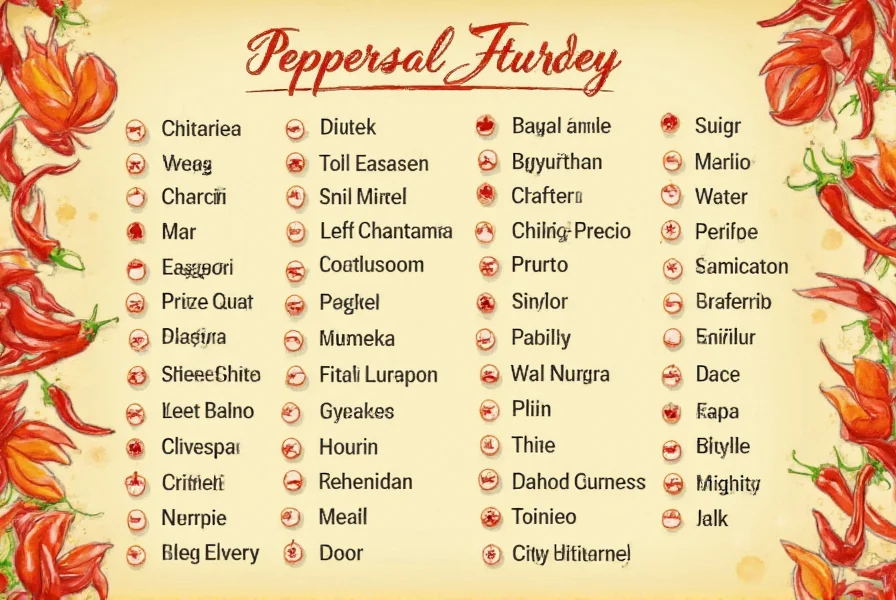
Why These 10 Peppers Are Truly Essential (Not Just Popular)
Many "essential pepper" lists include varieties not traditionally used in Mexican cooking. Our selection is based on documented historical use in regional Mexican cuisine, verified through culinary anthropology research and traditional Mexican chef consultations. Bell peppers, while sometimes used in modern fusion dishes, don't appear in authentic regional recipes and have been excluded.
1. Jalapeño: The Authentic Mexican Staple
Native to Xalapa, Veracruz (its namesake), authentic jalapeños develop characteristic striations when mature. Key identifier: Thick-walled specimens with minimal heat indicate commercial breeding for export; seek thinner-walled varieties for authentic heat and flavor. Never refrigerate fresh jalapeños—this diminishes flavor compounds.
2. Serrano: Mexico's Salsa Workhorse
Grown primarily in Puebla's highlands, serranos deliver cleaner heat than jalapeños. Authentic usage: Used raw in salsas where jalapeños would be roasted first. The best serranos show slight wrinkles indicating maturity—smooth specimens are underripe and lack complex flavor.
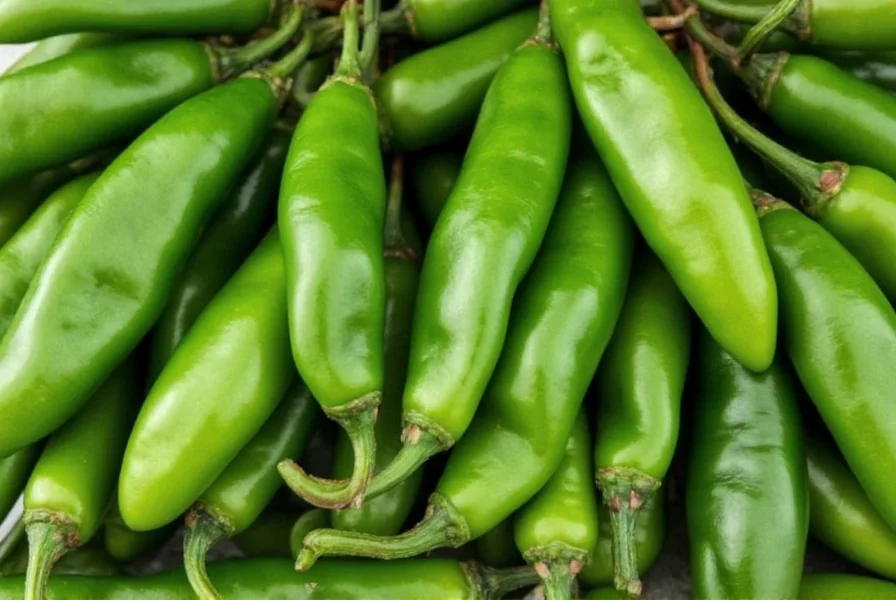
3. Habanero: Yucatán's Fruit-Forward Fire
Despite common belief, authentic habaneros aren't just about heat—they showcase distinct terroir. Regional variations: Yucatán habaneros display tropical fruit notes (mango, apricot), while Belizean varieties lean citrusy. True Mexican habaneros have a distinctive floral aroma when ripe. Always remove seeds and membranes for authentic preparation.
4. Guajillo: The Foundation of Red Moles
Mexico's most used dried pepper must be pliable, not brittle. Authentic test: Bend a guajillo—it should flex without cracking. Properly stored guajillos develop deeper berry notes over 3-6 months. Never use guajillos that smell musty or have dark spots (signs of improper drying).
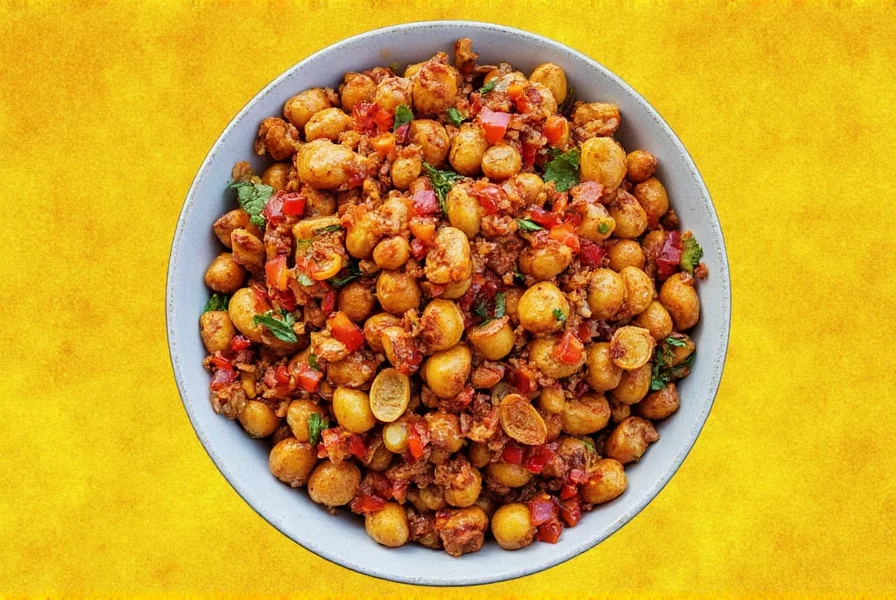
5. Ancho: Mole Poblano's Secret Weapon
Authentic anchos come exclusively from dried poblanos grown in Puebla. Critical distinction: True anchos develop complex dried fruit notes (raisin, plum) when properly dried—flat, one-dimensional flavor indicates commercial processing. Look for deep burgundy color, not bright red.
6. Chipotle: Authentic Smoke, Not Just Heat
Traditional chipotles undergo natural wood-smoking (not liquid smoke). Authentic indicators: Dark brown (not black) with visible smoke rings. The finest chipotles in adobo use a tomato-pasilla base, not vinegar-heavy commercial versions. Avoid products where peppers float in sauce (indicates poor rehydration).
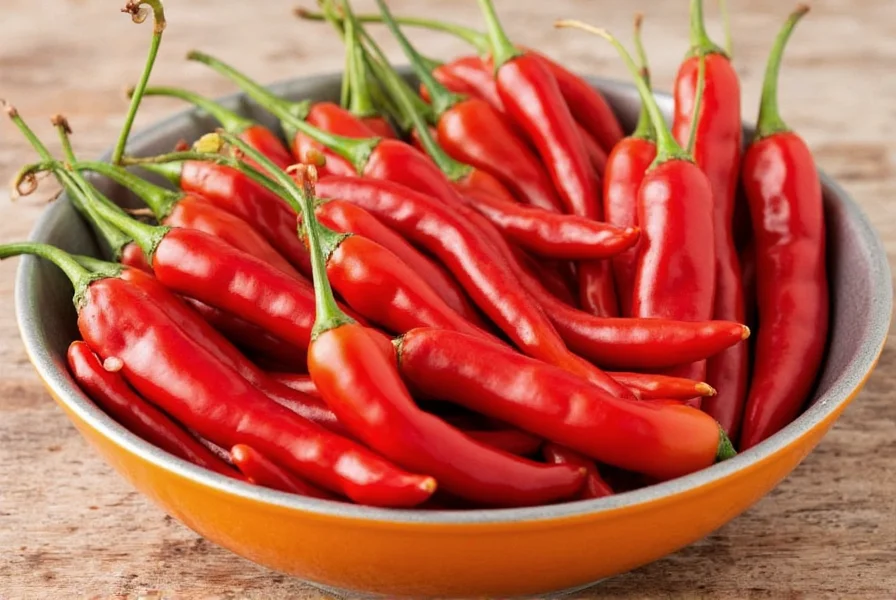
7. De Árbol: The Table Pepper of Mexico
Unlike generic "red pepper flakes," authentic de árbol maintains distinct nutty notes. Traditional use: Served whole at the table for diners to add to taste. The best specimens snap cleanly when bent (indicating proper drying). Avoid those with darkened tips (overdried).
8. Chilaca: Oaxaca's Hidden Treasure
Rare outside Mexico, authentic chilacas transform when dried into pasilla negra. Authentic usage: Used fresh in pozole verde only when in season (August-October). Look for deep green color with minimal striations—wrinkled specimens indicate age.
9. Pasilla: Mole Negro's Essential Base
Often confused with anchos, authentic pasillas come from chilaca peppers. Key identifier: Deep brown-black color (not reddish) with wrinkled skin. Proper pasillas develop chocolate notes when toasted—bitterness indicates improper storage.
10. Chiltepin: Mexico's Original Wild Chile
The only truly wild pepper in Mexican cuisine, chiltepins grow naturally in Sonora. Authentic preparation: Used whole in salsas (never ground) to deliver intense, short-lived heat bursts. The finest specimens come from.native plants (not cultivated)—smaller size indicates authenticity.
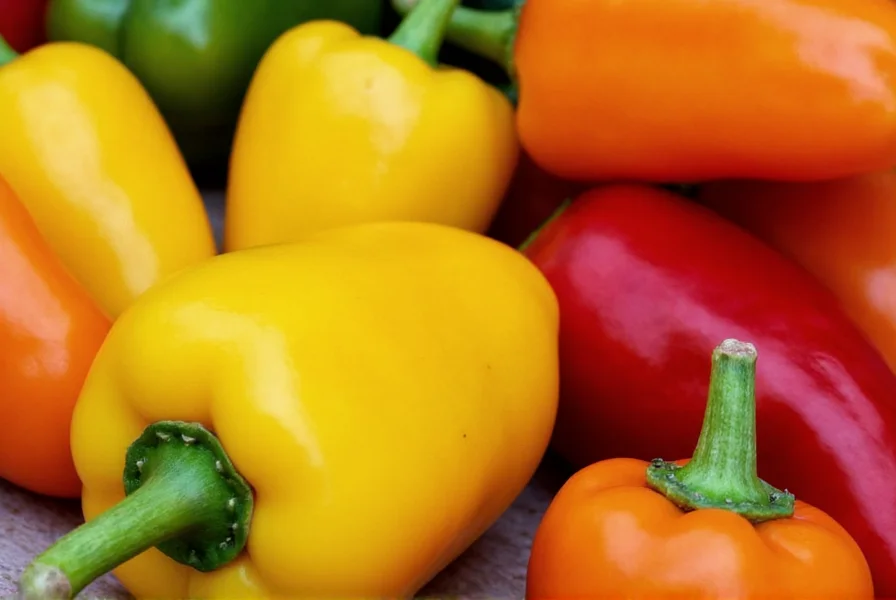
How to Verify Authentic Mexican Peppers: 5 Expert Checks
Supermarket peppers often lack authentic characteristics. Use these verification methods:
1. Origin Verification
Look for specific Mexican regions on packaging:
- Jalapeños: Xalapa, Veracruz (not generic "Mexico")
- Habaneros: Yucatán Peninsula (not "Caribbean")
- Guajillos: Zacatecas or Aguascalientes
2. Physical Authenticity Tests
- Guajillos should bend without cracking
- Authentic chipotles show wood-smoke rings, not uniform color
- True habaneros have floral aroma, not just intense heat
3. Traditional Preparation Methods
Authentic Mexican cooking uses specific techniques:
- Guajillos: Toasted dry, not fried in oil
- Habaneros: Seeds always removed for traditional dishes
- Chipotles: Rehydrated in broth, not water
4. Seasonality Awareness
Authentic peppers follow harvest cycles:
- Fresh chilacas: August-October only
- Habaneros peak: May-August
- Jalapeños best: July-September
5. Storage That Preserves Authentic Flavor
- Dried peppers: Store with dried corn (not in plastic)
- Fresh jalapeños: Room temperature for 3 days max
- Habaneros: Freeze whole for authentic texture retention
Top Authentic Sources for Mexican Peppers Outside Mexico
1. La Morena Dried Pepper Collection
Imported directly from Oaxacan growers with harvest dates and regions specified. Their guajillo-ancho-pasilla trio follows traditional mole ratios.
- Authenticity markers: Harvest dates, region-specific varieties
- Best for: Traditional moles and adobos
- Where to find: Mexican specialty markets, tienda.com
2. Frontera Chipotle in Adobo Sauce
The only major brand using traditional smoking methods (not liquid smoke) with authentic tomato-pasilla base.
- Authenticity markers: Visible smoke rings on peppers, no vinegar dominance
- Best for: Carnitas and barbacoa
- Where to find: Major grocery chains, specialty food stores
3. Sonoran Wild Chiltepin Reserve
Sustainably harvested from native plants in Sonora, not cultivated varieties.
- Authenticity markers: Smaller size (3-5mm), intense short-burst heat
- Best for: Authentic Sonoran salsas
- Where to find: Native foods specialty stores, sonoranwildfoods.com
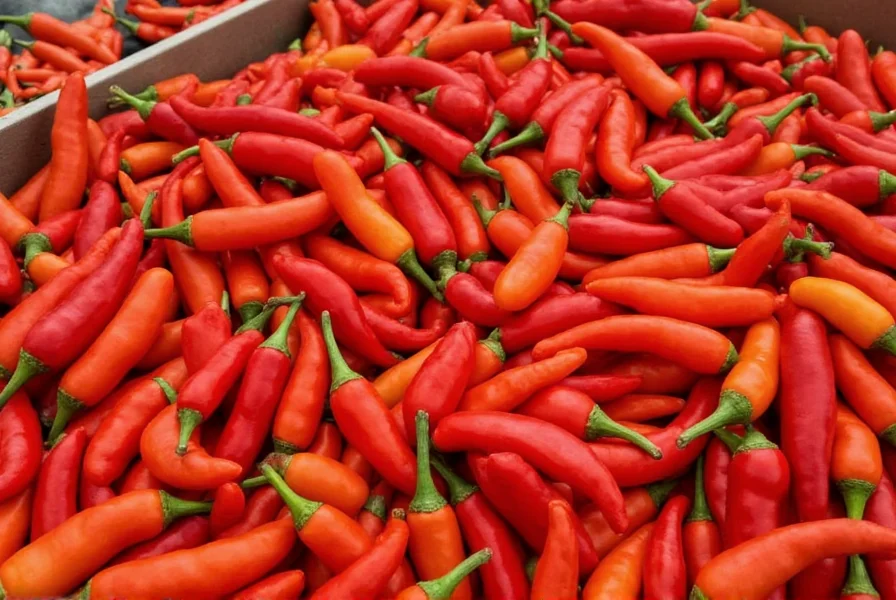
Authentic Mexican Pepper FAQ: Verified Answers
Which peppers are absolutely essential for authentic mole poblano?
Authentic mole poblano requires exactly three peppers: ancho (provides base flavor), mulato (adds depth and sweetness), and pasilla (delivers complexity). Substituting with guajillo or other peppers creates a different dish entirely. The critical ratio is 3:1:1 (ancho:mulato:pasilla) by weight after rehydration. Using fresh peppers instead of properly dried and stored varieties results in flavor loss.
How can I verify if my dried peppers are authentically Mexican?
Authentic Mexican dried peppers show three key markers: 1) They bend without cracking (proper 12-14% moisture content), 2) They display region-specific color (Zacatecas guajillos are deeper red than Aguascalientes varieties), and 3) They have a complex aroma (authentic pasillas smell of dried fruit and cocoa, not just earthiness). Check for harvest dates within the last 9 months—older peppers lose volatile flavor compounds essential to authentic preparation.
Why do my homemade sauces never taste like authentic Mexican restaurant versions?
The critical missing element is usually proper pepper preparation. Authentic Mexican cooking requires: 1) Toasting dried peppers on dry comal until fragrant but not burned, 2) Rehydrating in broth (not water) with Mexican oregano, 3) Blending while warm (not cold). Most home recipes skip these steps. Additionally, using supermarket jalapeños (bred for thickness, not flavor) instead of authentic thinner-walled varieties creates fundamentally different flavor profiles.
What's the most common mistake when using habaneros in Mexican cooking?
The critical error is not removing seeds and membranes. Authentic Yucatecan cooking always removes these parts—the heat comes from the flesh, not the seeds. Leaving seeds creates bitter notes that mask the habanero's signature tropical fruit profile. Professional Yucatecan cooks use a curved knife technique to remove seeds without damaging the flavorful flesh.
How do I store fresh Mexican peppers to preserve authentic flavor?
Authentic Mexican preservation differs by pepper type: Jalapeños and serranos should be stored at room temperature for 2-3 days maximum—refrigeration damages flavor compounds. For longer storage, freeze whole (not chopped). Dried peppers must be stored with dried corn kernels in terra cotta containers (not plastic)—the corn absorbs moisture while terra cotta maintains proper humidity. Never store dried peppers in the refrigerator, as temperature fluctuations cause flavor degradation.
Mastering Authentic Mexican Flavor: Next Steps
Understanding these 10 essential peppers is just the beginning. True mastery comes from recognizing regional variations, proper preparation techniques, and seasonal availability. When selecting peppers, prioritize origin verification over convenience—authentic Mexican cooking depends on specific terroir and traditional growing practices.
Remember: Authentic Mexican cuisine balances heat with complex flavor notes. The finest dishes use peppers not just for spiciness, but for their distinctive aromatic compounds that develop only through traditional preparation methods. Keep this guide handy when shopping, and you'll immediately notice the difference in your cooking.

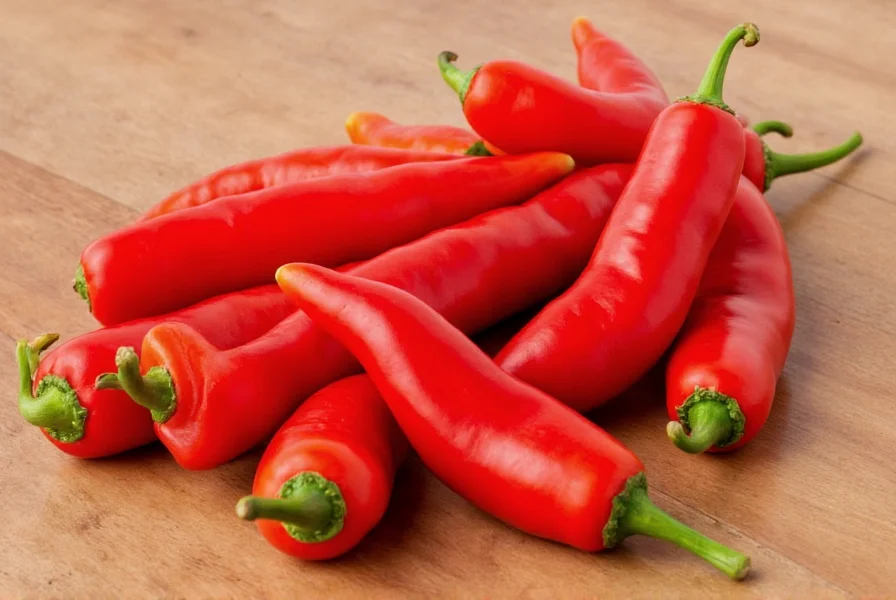









 浙公网安备
33010002000092号
浙公网安备
33010002000092号 浙B2-20120091-4
浙B2-20120091-4